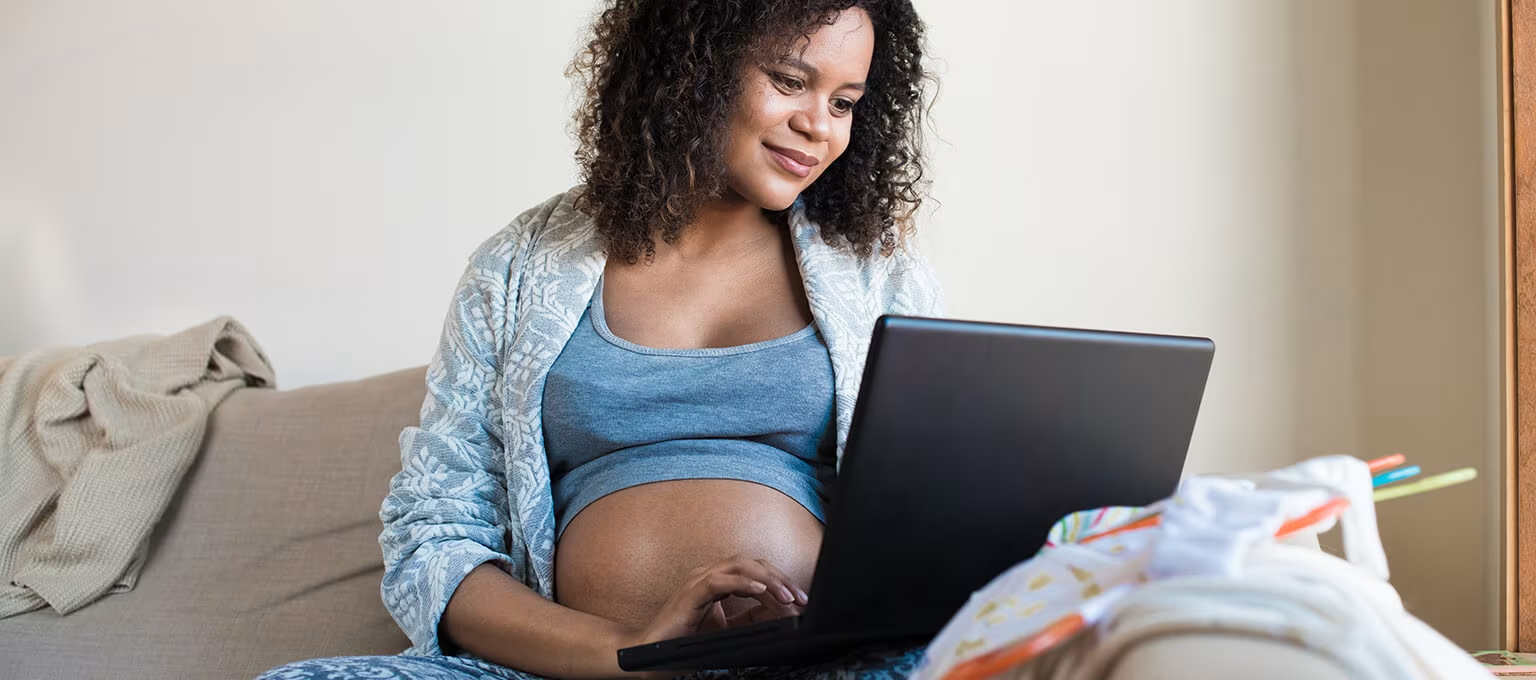
What to Include in Your Birth Plan
As you approach the exciting day when you meet your baby for the first time, it’s time to think about your preferences for labour and delivery. Some mums-to-be create birth plans to gather their thoughts and to use as a springboard for a discussion with their GP and midwife. Although pregnancy, labour, and delivery are unpredictable, sharing your preferences with everyone involved may help you feel more confident and in control. Read on to find out how to write a birth plan and what to do once it’s written.
What Is a Birth Plan and Why Is It Useful?
A birth plan is a list of your preferences relating to the hospital environment, your medical options, and the immediate care of your newborn. The birth plan provides a guideline for your medical team so that when you’re in active labour you can focus on the task at hand.
Labour is a fluid experience, and a birth plan is simply a guide. You can change your mind at any time about your preferences, in consultation with your GP. It’s important to remain flexible and expect the unexpected.
Just as some parents prefer not to find out the gender of their baby, not writing a birth plan is also a viable option. You may feel confident that the doctors and midwives at the hospital are sure to make the best choices during labour, delivery, and the hours after birth. In this case, it makes sense to go ahead without providing detailed instructions.
How to Write a Birth Plan
Before you start, speak to your midwife or doctor about the different options available to you, and find out what the hospital or your birth centre offer or what options and maternity services you have available in your area, as this information might influence what you decide to add (or what’s possible to add) to your birth plan. Don't be afraid to ask questions − your doctor and hospital team want you to have the best experience possible!
When making your birth plan, it’s a good idea to keep your plan short and easy to read − one or two pages at most – rather than aiming for an overly detailed checklist. Here are some of the things you might consider asking yourself when writing your birth plan. We’ve listed some of the more common items mums-to-be include in bullet points with some other options underneath, which you may also consider including.
Background Details
During Labour
There are many options you could add to your birth plan. You might consider mentioning any comfort measures you would like to try, such as breathing or relaxation techniques, having the chance to move around, getting a massage, having the lights dimmed, or playing relaxing music. You might include your preferences for spending part of early labour time in a water tub; whether you would like to use a birthing stool, ball, or chair; if you would prefer water, ice chips, or an IV drip to stay hydrated; and if you would prefer to wear your own clothes rather than hospital-provided gowns − if these options are available in your hospital or birthing centre, of course.
Giving Birth
Some other questions you might ask yourself include: Where do you want your birth partner to stand while you are giving birth? Do you want your partner to film or photograph the delivery, if this is permitted? Do you want your partner to hold the baby first? Remember to discuss your preferences with your partner and any other birth partner who’ll be there with you on the day. They may have feelings and expectations about how they would like to experience the day, which you may need to discuss.
After the Delivery
Some mums-to-be add these items to their birth plans, too: traditional rituals they want to take place right after giving birth; who they want to cut the umbilical cord; special requests about the placenta; if they want to bank the cord blood; when and how the baby is bathed. It could also be a good idea to discuss with your family and friends whether you would like hospital visits and when may be a good time for them to come see you and your newborn.
Just as a quick recap, here’s a snapshot of some of the things you may consider adding to your birth plan:
Birth Plan Examples and Template
When writing your birth plan, remember that your doctors and midwives have the health of you and your baby as their top priority. Focus on what you do want while keeping in mind that labour and delivery are unpredictable, and that you can't always control what happens. Here are some examples of how you can phrase your birth plan preferences:
“If possible, I'd like to…”
“Unless there's an emergency, I'd prefer…”
“I'd prefer X, only if it's necessary.”
“Please offer me X when it becomes an option, so I can make a decision at the time.”
What to Do With Your Completed Birth Plan
Once you've made your birth plan, review it with your GP or midwife. It's important to remain flexible and keep in mind, your preferences may be impacted by
Once your birth plan is ready, give copies to your doctor, midwife, doula, and birth partner. Keep a few copies in your hospital bag, too.
There is definitely a lot to think about, but with a plan in hand, you may feel a little more in control. Above all, remember that even if things don't go exactly as planned, this will be a life-changing day. Try to be present in the moment, and keep in mind this is just day one in the life of your beautiful newborn. You've got this!
Read more about Pregnancy
Related Articles
Join Pampers Club and get:









